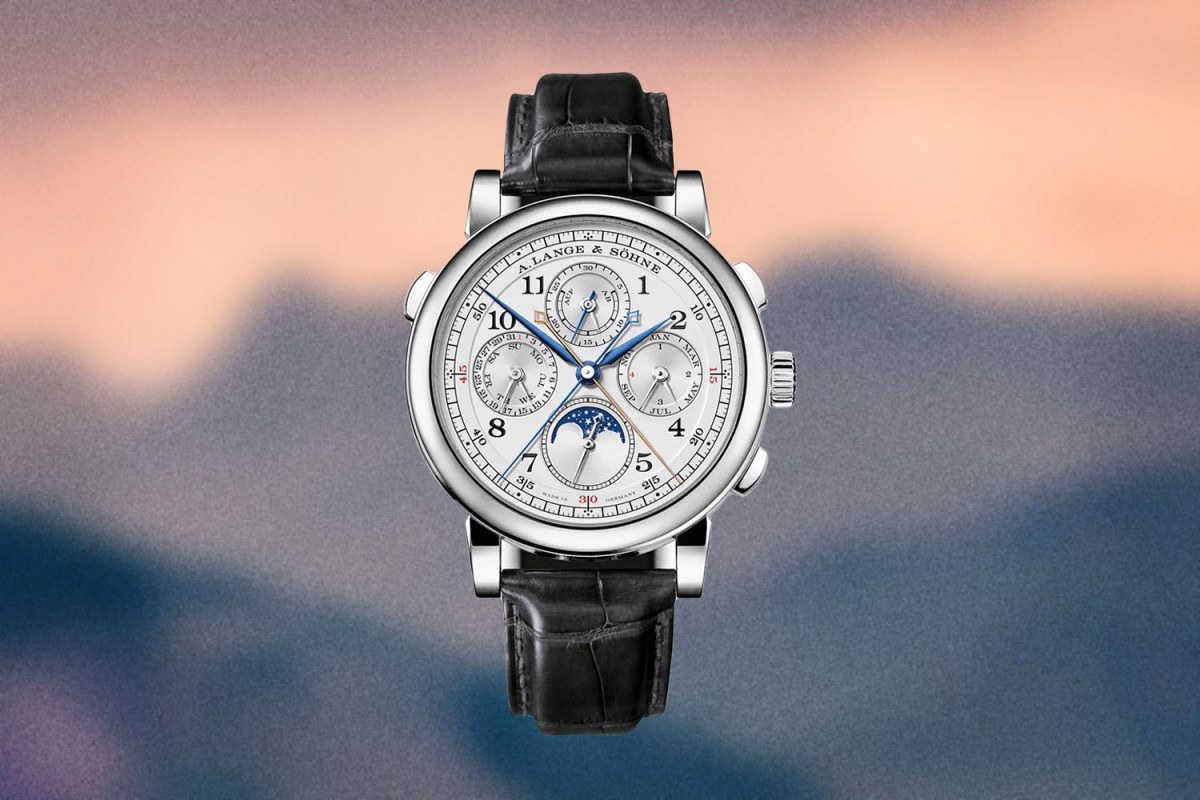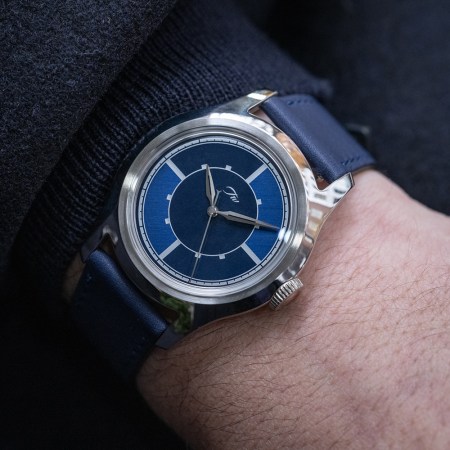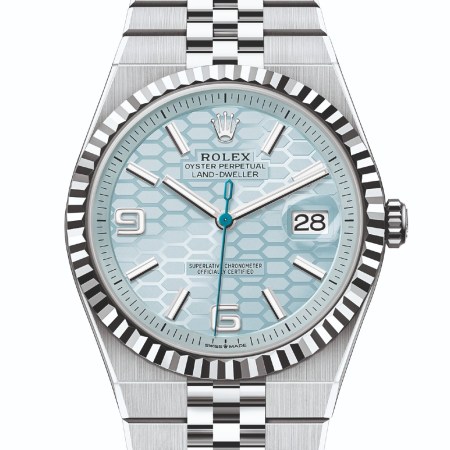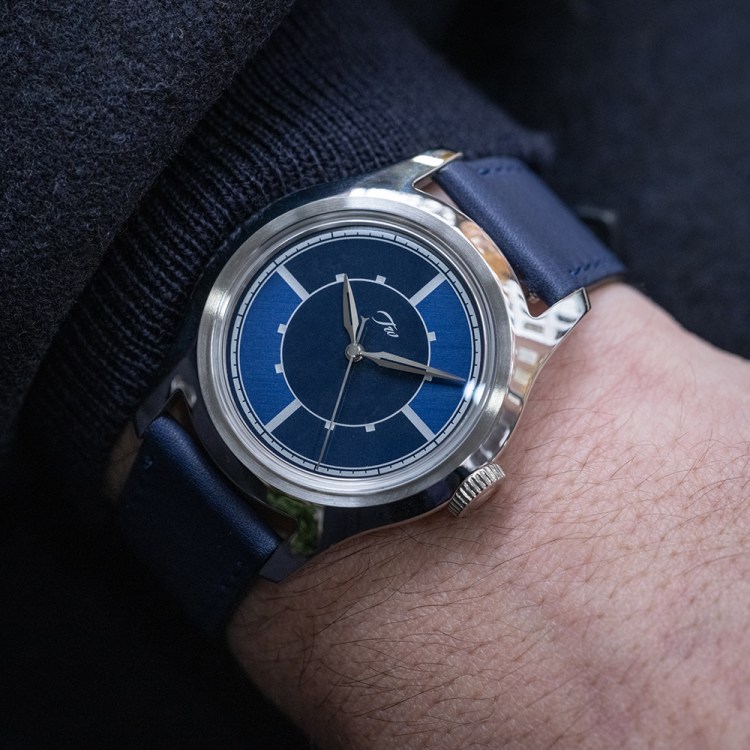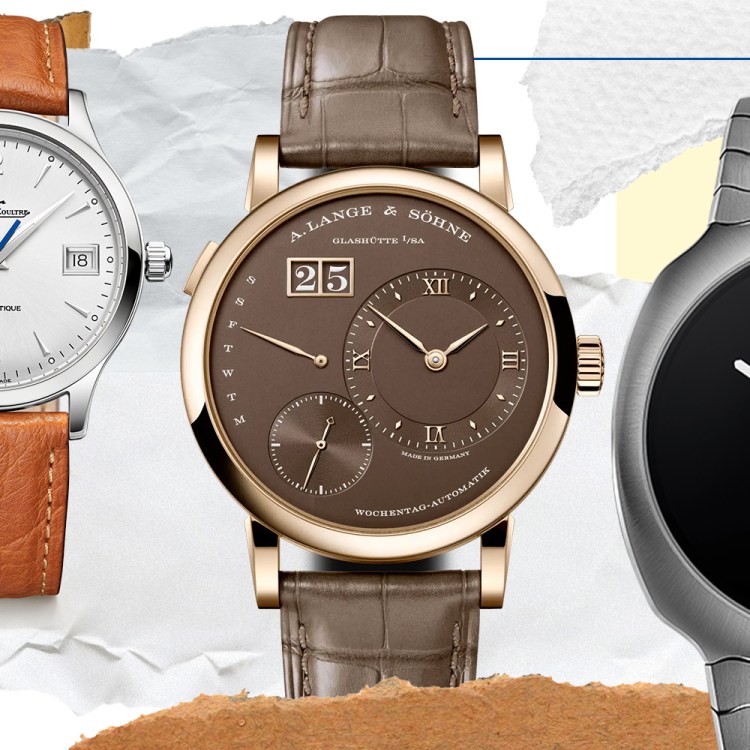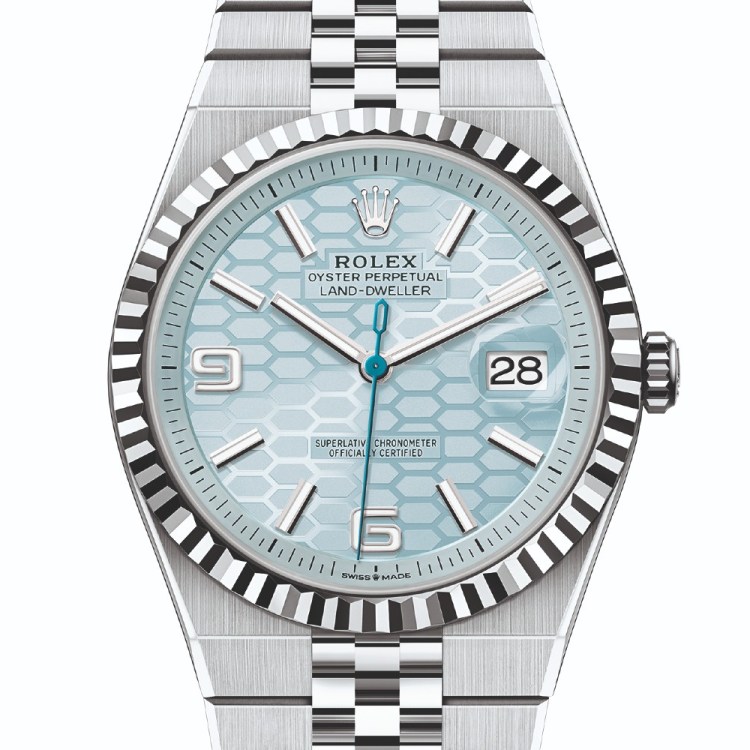Anyone who’s still convinced that Switzerland is the be-all, end-all of fine watchmaking hasn’t been paying attention for the past 30 years.
There’s Grand Seiko, which has been developing some of the most impressive, fully vertically integrated watchmaking in the world in Japan. And then, back in Europe, there’s Glashütte, that hotbed of horological activity that’s home to companies such as NOMOS, Moritz Grossman, and — perhaps most notably — A. Lange & Söhne.
Lange has been in the business of building complicated watches for generations. In the aftermath of World War II, during which the company’s facilities were destroyed by Allied bombing, company scion Walter Lange was forced to watch as his family’s buiness was nationalized by the Communist government that came to power in East Germany. However, Lange patiently waited for his moment, which came in the early 1990s as the Berlin Wall finally came down. He reestablished A. Lange & Söhne in Dresden and within 10 years had built it into a horological powerhouse the likes of which Germany had never known.
Fast-forward to 2020, and Lange became known for its highly complicated, precious metal-cased masterworks such as the Lange 1, the Zeitwerk, and the Datograph. However, the company had never offered a (relatively) straightforward rattrapante chronograph — and we say “relatively” straightforward because such a complication is highly, ahem, complicated to produce — opting instead to make even more sophisticated versions of the rattrapante. It was then that the German watchmaker released the 1815 Rattrapante (French for “catch up” — we’ll explain why in a moment) in Honey Gold, in a run of just 100 pieces, timed to celebrate the 175th anniversary of the brand.
A rattrapante, which is also called a “split seconds” chronograph in English, is a fascinating compilation from the heyday of early 20th century sports timing. With a standard chronograph, one can time a single event — sometimes for quite a while, possibly up to many hours. But a rattrapante has two central seconds hands. When you start the chronograph, both begin moving around the dial. But actuate a secondary pusher and one of them stops, giving you a reading for, say, a single lap on a track. Another button push will catch the stopped hand up to the first, both of which now continue to move together. Proceed this way, and you can time not only time a single, cumulative event — such as the time it takes to complete a race — but also, individual lap times.
Lange’s new 1815 Rattrapante — housed in the collection named for company founder Ferdinand Alfred Lange’s birth year — takes the 2020 Honey Gold version and ups the ante in a case made of solid platinum. Given the lengthy manufacturing process, it’s still highly limited, but Lange has expanded the production run to 200 pieces — double that of the previous iteration.
Housed in a case measuring 41.2mm wide by just 12.6mm tall, it features an in-house movement — the Calibre L101.2 — that boasts 365 separate parts. Manually wound and more highly decorated than a multiple-war veteran, it’s thankfully visible via a sapphire caseback, allowing one to examine its intricacies and secrets. Beating at 3Hz and boasting an impressive 58 hours of power reserve, this movement — like any Lange calibre — is the reason many a watch aficionado is drawn to the brand: It’s simply an unparalleled piece of micro-engineering.
But back to the platinum case for a moment: Boasting a brushed mid-case and a polished, smooth bezel, lug tops, and elliptical pushers at 2, 4, and 10 o’clock, it’s a thing of beauty, and at slightly less than 42mm, doesn’t feel oversized. Beneath the sapphire crystal is a bright silver dial with an outer, printed tachometer scale in black, an inner “railroad” minute track, black Arabic numerals, and a dual-register chronograph layout in the “up-down” configuration, with subdials at 12 and 6 o’clock. The handset is blued steel, with the exception of one of the central seconds hands, which is silver for easy differentiation against its blue counterpart.
Lange’s offerings have always geared, aesthetically, toward the classical — take a look at a Lange pocket watch from the late 19th or early 20th centuries, and you can easily draw a throughline to a contemporary piece such as the 1815 Rattrapante. That the maison manages to execute this timeless look without making its products look dated, however, is a testament to its design capabilities, and the desire to reference the company’s past without becoming mired in it.
It’s difficult to overemphasize the skill and precision required to craft such a highly decorated movement that encompasses a technically sophisticated complication, and to house it in a nuanced, precious metal case. Said skill is why a Lange wristwatch is described seemingly just as often as a “work of art” as it is a timepiece — a categorization that’s difficult to argue with.
The new Lange & Söhne 1815 Rattrapante in Platinum comes paired to a black, hand-stitched alligator leather strap with a platinum buckle prong. A limited edition of 200 pieces available exclusively in Lange boutiques, it is priced upon request.
This article appeared in an InsideHook newsletter. Sign up for free to get more on travel, wellness, style, drinking, and culture.
